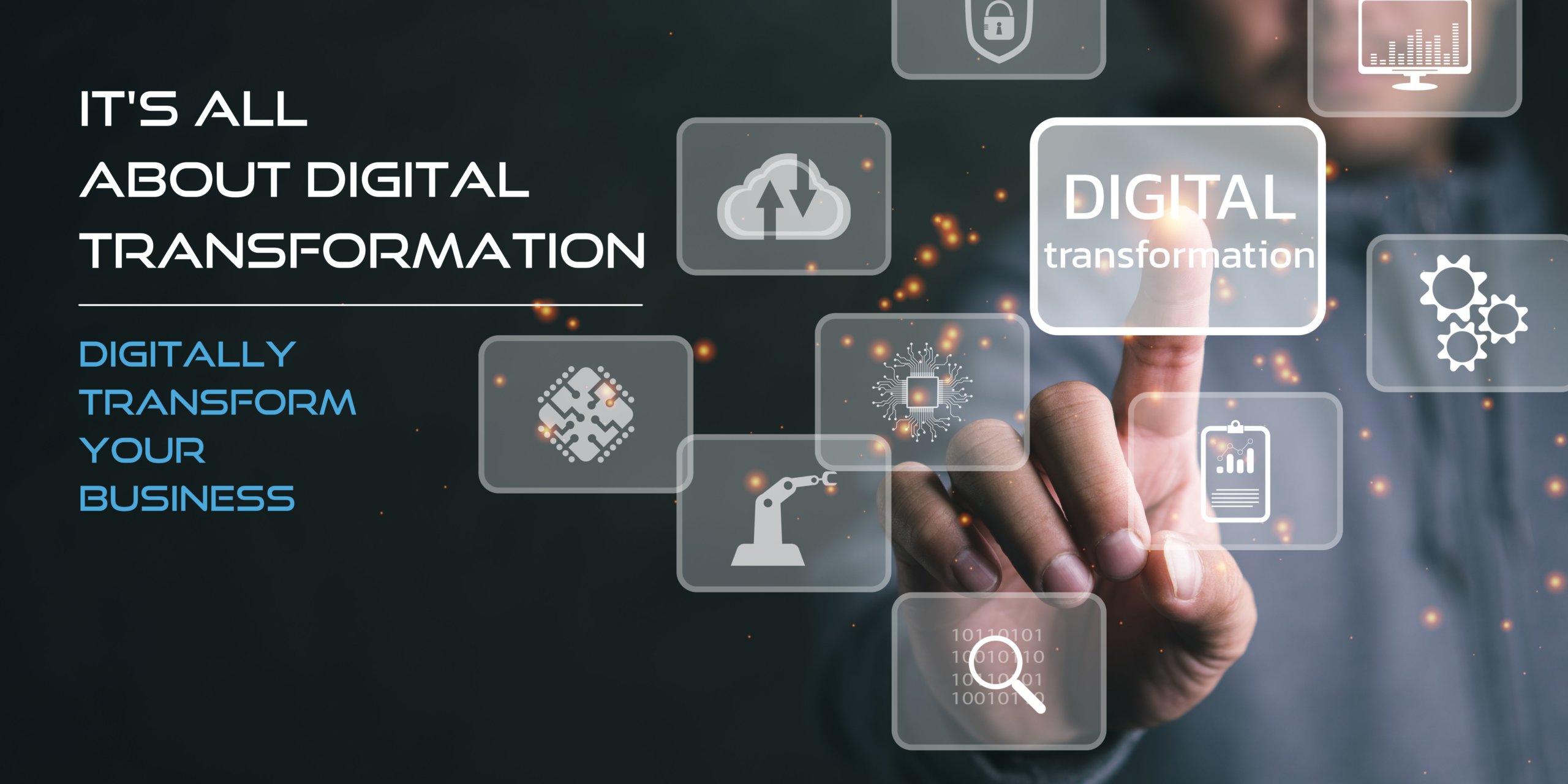Does your business need to digitally transform? Digital transformation can help companies to become more efficient and competitive in their respective industries. It uses technology to improve an organization’s operations, products, services, customer experience, and overall performance.
There are five key areas where a business can digitally transform. They are customer engagement, data management, operational efficiency, product innovation, and employee development. Companies can unlock new growth opportunities by leveraging these areas strategically through digital solutions such as cloud computing or mobile applications.
In this article, we will discuss these five areas in detail so that you better understand how they could benefit your organization.
Customer Experience
A business can digitize the customer journey by offering an e-commerce store, mobile app, and personalized interactions through data and AI.
For example, Starbucks has a mobile app that saves customer preferences and enables ordering and payment.
Another example is how Amazon has revolutionized the customer experience with its one-click checkout system. This technology lets customers quickly and easily purchase items with just a few clicks. With Amazon’s AI-driven personalized recommendations, customers can find things they want based on purchases or browsing activity.
Operations
Businesses can streamline internal processes using data analytics, automation, and AI.
For example, Walmart uses AI for forecasting, personalized promotions, and optimizing supply chain management. As a result, that improves productivity and cost efficiency.
Another example of digital transformation in operations is how UPS has leveraged technology to optimize its delivery routes. Using AI, algorithms, and machine learning, UPS can analyze past delivery data and generate new paths that are shorter in distance and time. That makes their deliveries more efficient and cost-effective while reducing customer wait times.
Product Innovation
A business can create digital products and services like software, apps, and subscription models.
For example, Netflix has transformed from a DVD-by-mail service to a streaming platform and now produces original movies and TV shows.
Another example of product innovation is Spotify. Founded in 2006, Spotify has revolutionized how music is consumed by allowing users to stream their favorite songs on demand and curate their playlists. Its ability to recommend tracks based on individual listening habits creates a personalized experience for each user while giving access to an expansive music library.
Workflows
A business can use collaboration tools and workflows to facilitate remote work and communication.
For example, teams can use Slack, Google Docs, and Zoom to work together efficiently even when not in the same physical space.
Another example of a business using workflows to facilitate remote work and communication is Microsoft Teams. Corporations, educational institutions, and government organizations use this cloud-based platform to enable teams to collaborate online. For example, groups can hold virtual meetings with audio/video conferencing, text chat, file sharing, and task management tools.
Business Model
A business can adopt an asset-light model using the cloud and platforms.
For example, Airbnb does not own properties but acts as a brokerage platform connecting hosts and guests. This “sharing economy” model has been made possible by digital technologies.
Another example of a business model made possible by digital technologies is the “gig economy.” Companies such as Uber, Lyft, and TaskRabbit operate on a platform that connects buyers and sellers of services. People can sign up to provide services such as driving, delivery, household chores, or even skilled labor. In turn, customers can request such services via the company apps.
In summary, digital transformation is essential for businesses to gain a competitive advantage, boost growth, and future-proof their success. Companies can unlock new opportunities in the digital economy by digitizing critical areas like customer experience, operations, product innovation, workflows, and business models.
Need help to digitally transform your business? Contact us today to learn more.

